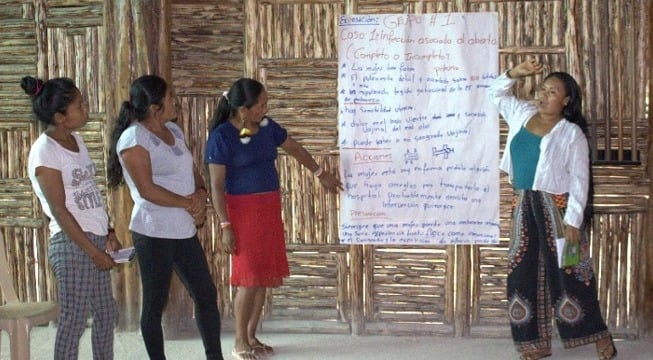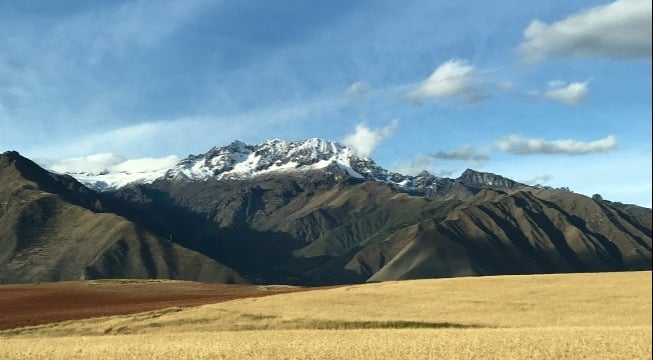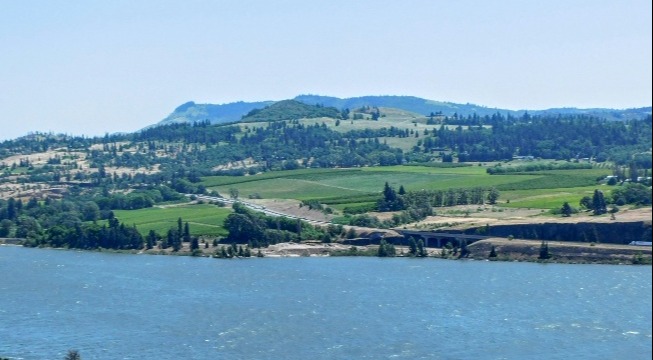The Global Alliance for the Rights of Nature is holding its first international summit in Otavalo and Quito, Ecuador this week.
Grounded in an understanding that humans are one part of an interdependent community of life on Earth, and that our existence in all its social, economic, industrial, cultural, and governmental manifestations is wholly dependent on the health of the atmosphere and all other ecosystems and beings that, with us, comprise our living planet, the Rights of Nature movement draws on indigenous wisdom in positing a new jurisprudence that recognizes the right of nature in all its forms to exist, persist, evolve and regenerate.
Having commenced on Monday, the summit will analyze the experiences of communities in Ecuador, Bolivia, and the United States that have already implemented “Rights of Nature” laws, devise a unified global strategy for advancing the Rights of Nature movement around the world, and conclude on Friday with a public Tribunal that will model for the public how to adjudicate the rights of nature in courts of law.
During the Tribunal, seven key Rights of Nature cases will be heard, including the Chevron/Texaco case in Ecuador, the oil exploitation of Yasuní-ITT in Ecuador’s rainforest, and the threats to Australia’s Great Barrier Reef.
The gathering comprises economists, lawyers, scientists, indigenous leaders, community activists, nuns, actors, authors, and public officials hailing from around the world including Indian physicist Vandana Shiva, South African lawyer and author Cormac Cullinan, North American indigenous leader Tom Goldtooth, former Bolivian U.N. ambassador Pablo Solón, Canadian aboriginal actress Tantoo Cardinal, and U.S. community rights attorney Thomas Linzey.
What is Meant by Rights of Nature?
Recognizing rights of nature, which humans would have standing to enforce, reflects a shift in consciousness away from a legal system that treats nature as property for human use. “It is akin to the shift in consciousness – and change in laws – that took place when people said we should stop treating women, enslaved, or indigenous people as property,” Milam said. “And it is foundational: Human rights are meaningless without fresh water to drink, clean air to breath, safe food to eat.”
Local municipalities in the United States were the first to adopt laws establishing legal structures that recognized Rights of Nature, beginning in 2006 with Tamaqua Borough in Schuylkill County, Pennsylvania. Since then more than two-dozen U.S. communities have adopted local laws recognizing Rights of Nature, including Pittsburgh, Pennsylvania, which in November of 2010 became the first major municipality in the United States to do so.
In September 2008, Ecuador became the first country in the world to recognize Rights of Nature in its constitution and Bolivia enacted a law that recognizes rights of Mother Earth.
Nearly 100 grassroots organizations in the Americas, Africa, Asia, Australia, and Europe are members of the Global Alliance for Rights of Nature, advancing the Rights of Nature movement in their municipalities, counties, provinces, and countries.
Beyond enlightened self-interest, the Rights of Nature movement also emerges philosophically and spiritually out of a sense of the wonder and awe that the natural world has inspired in humans for millennia, captured in art, music, and poetry—and our sense of the sacred.
The Pachamama Alliance's CEO, Bill Twist, who is attending the summit, was one of the co-founders of the Global Alliance for the Rights of Nature, and The Pachamama Alliance stands strongly behind its advocacy for laws that recognize the rights of nature.
For more information visit the Global Alliance for Rights of Nature.






